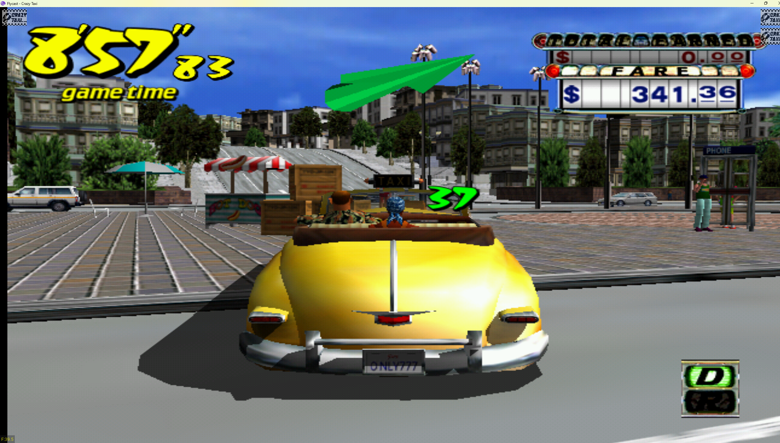Being involved in a serious car accident is one of the most stressful things a person can go through. That said, many people feel that navigating a legal case after their accident is nearly as traumatic.
Proving the facts of a car accident is not always simple or straightforward. Fortunately, technological advancements can help your legal case after a car accident.
In cases where there’s been an injury, medical attention must be the primary focus. It’s vital to get back on your feet.
Sometimes getting adequate treatment hinges on the payout from an offending party. One solution is to partner with a legal team. In that case, be sure to pick a team that understands how to shape your case to reach a favorable resolution.
How hard is it to prove fault after a car accident?
Some accidents are relatively simple.
Police officers, for their part, receive special training in quickly assessing an accident scene. As a result, they are generally able to determine the series of events that led up to a crash. In addition, when witnesses are available, the full picture often becomes even more clear.
However, not all accidents present ideal circumstances. Parties often disagree on the acts that led up to a collision. Witnesses can be unreliable or can present conflicting statements.
It’s important to understand that the burden of proof falls upon the plaintiff or the individual who filed the lawsuit.
How can technology assist in proving fault in a legal proceeding?
Every year, the technology built into vehicles continues to advance.
A great example lies in event data recorders (EDRs). These devices are built into newer vehicles and act as a “black box” for automobiles. Cars equipped with EDR technology don’t record every drive or maneuver. They do, however, record actions known to precede accidents.
If the event data recorder identifies a change or condition that might predict an accident, the vehicle’s installed recorder begins collecting data about how the car is moving. It can also determine how many occupants are in the vehicle and whether they are wearing seatbelts.
Data collected from an EDR is admissible as evidence in a car accident lawsuit. The information provided by this technology can even prove cases where there are no witnesses and when parties present dramatically different recollections of events.
Technology is already being used to determine fault in cars that tout autopilot features, as evidenced by discussions surrounding a fatal car accident involving a vehicle designed and manufactured by Tesla.
As technological advancements continue at a blindingly rapid pace, new technologies are on the way that could further assist in car accident cases.
Apple is working on technology that can automatically detect an auto accident and call 911. Other apps attempt to develop facial recognition technology to see if the driver is intoxicated or falling asleep at the wheel. Detection and recording of either impairment would significantly impact a legal case.
Can technology determine if a car had a good maintenance record prior to an accident?
Numerous apps that monitor and report auto maintenance issues are available or in development. In cases where a vehicle malfunction caused or contributed to a serious accident, having access to this information can play a central role in proving fault.
Consider the power of presenting evidence that a driver was notified several times about the need to service the brakes on a vehicle in the weeks leading up to a collision. What if the plaintiff could present numerous low-tire pressure warnings that the driver ignored? Did a blown tire cause a multi-vehicle pile-up?
How can cell phone records help build a strong auto accident case?
Cell phone records often play a critical role in determining fault in an auto accident. If distracted driving was a factor, this is especially true.
Having the cell phone records of all drivers can show whether a party was carrying on a conversation or texting while operating a vehicle. Records can even determine if drivers searched the internet or watched streaming content while behind the wheel.
Drivers have an obligation to focus on road and traffic conditions while operating their vehicles.
Research supports the fact that the human brain cannot effectively process multiple streams of input at once. So, for example, when a driver is paying attention to their phone at the time of an accident, it becomes difficult for them to argue they were properly engaged with the act of driving.
How do I know if technology can help build my car accident case?
The best way to build a strong auto accident case is to work with a legal team.
Technology continues to advance. Not all legal professionals are able to keep pace with the tools that can assist in presenting a full view of a car accident.
A great legal team will begin by determining if any of the vehicles involved in the accident were equipped with technology that records data surrounding vehicle maintenance or operation. The next step is accessing that information, which often requires legal intervention.
Another valuable skill set is the ability to interpret the data. This skill is necessary to prove fault in an auto accident case. Finally, working with a highly skilled attorney means that technology is part of a larger picture painted of the events that led up to a car accident.
At the end of the day, a successful auto accident case is about making a compelling argument to a court regarding how and why the incident occurred. That argument is so strong in the best cases that the matter is settled out of court. This type of outcome helps you move on with the compensation you deserve.
Image Credit: Pexels; Thank you!


















